


Impire is the sort of game that presents as a wonderfully anarchic playground, promising hours of fun designing sprawling dungeons and laying devious traps for the various do-gooders in the world as well as offering the ability to raid the over-world in search of resources.
Impire presents well; the aesthetic and graphical fidelity give the game a strong visual personality, and the rooms are littered with small details. The texture work could be better, however the shadows and the lighting effects are excellent, whilst the colour palette is satisfyingly varied and gives each room, from the forge to the arcanum, a distinctive atmosphere.
The animation is very good, even if it is a bit limited in places. Units only tend to have a single attack animation, unless they are ranged units which have both a ranged attack and a melee attack; there could have been a few more walking animations as it seems that most creatures, barring a few notable exceptions in the second faction, the Soulless, are bi-pedal and the shortage of creeping, crawling, skittering, slithering and flying is a little bit of a missed opportunity. What’s an evil-doers army without a few insectoids or be-winged terrors?
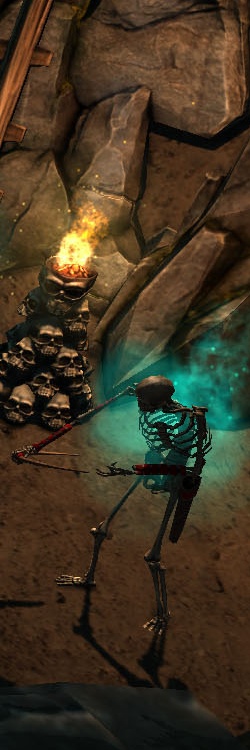 One thing especially worth mentioning is the user-interface. For the most part it’s incredibly slick, useful, and well designed. The interface is so well designed, in fact, that the player is likely to spend most of their time in the overview screen, rather than looking at their dungeon. This would be a shame, as the player would be missing out on all the action, if it weren’t for the handy embedded camera system.
One thing especially worth mentioning is the user-interface. For the most part it’s incredibly slick, useful, and well designed. The interface is so well designed, in fact, that the player is likely to spend most of their time in the overview screen, rather than looking at their dungeon. This would be a shame, as the player would be missing out on all the action, if it weren’t for the handy embedded camera system.
Each significant feature on the map - rooms, workers, squads, Baal-Abaddon - can be moused over to show a full camera view of that feature and what is going on around that feature. This could be a squad in a fight, or something going on in a particular room. The feature isn’t perfect, it doesn’t show the health bars of squad members for instance, but it is handy none-the-less and the activation of the embedded camera is seamless.
Overall, the UI is one of the most useful I’ve yet experienced in any sort of RTS or management sim. Transitioning between the various menus, sub-menus and other such features is not only intuitive, it’s all seamless.
Impire’s campaign focusses on a demon by the name of Baal-Abaddon who has been summoned by a moronic sorcerer named Oscar van Fairweather. We are told that Baal is usually quite a powerful chap, but van Fairweather’s incompetence has trapped him in the body of an imp. Part of your quest, the other being general villainy, is to restore Baal to his former glory.
The story starts well, but never really gets going with any sort of pacing being utterly destroyed by the awful gameplay mechanics that take reasonable, if uninspired, missions and make them descend into onerous tedium.
The heart of the problem lies in the failure to realise some of the core aspects of management simulation RTS games:
There is no real “management” in Impire; there is no upkeep for troops and rooms, and resources are very easy to come by so producing new units and rooms is very easy. You don’t need to worry about morale, supplying your kitchens, or even providing a place to sleep. The kitchens themselves are technically unnecessary additions (although they are useful for healing injured troops).

The way troops are created and maintained is similar to a more traditional RTS, but unlike in a traditional RTS, micro-management of these troops in battle is either: impractical, impossible or pointless. The impracticality, and impossibility, comes from the fact that single troops cannot be put into unit groups attached to a specific hotkey whilst also being individually selectable. Troops can be added to squads of up to four (a maximum of five squads may be created), but the act of doing so means that selecting one will select the whole squad so injured units cannot be individually micro’ed backwards to force enemies to focus their murderous attention onto another unit without disengaging the entire squad. This proves especially bothersome when the player has a squad dedicated to tanking damage and can’t disengage it without worrying about enemies focusing on the more vulnerable damage dealers in the players’ army.
Micromanaging troops is often pointless because the enemy AI seems to have been designed to focus on the damage dealers in your army and will ignore tanking units in almost all situations, even if that tanking unit is sent into the fight well ahead of the damage dealers. Due to this, there’s no reward, and no need, to try to play with any level of skill. Fights swiftly devolve into boring slugfests; any strategy beyond choice of unit composition is pointless, and even the choice of unit composition swiftly breaks down into spamming units that have a reasonable amount of life and still hit hard. Fights are usually determined in the favour of the army with the highest number of guys with pointy sticks, rather than the army which makes better tactical decisions.
There are some units with abilities, such as poison and healing, however these are all passive with the only player- activated abilities being those of Baal, himself. Even those are very limited in number and often only useful at the very start of a level. Annoyingly enough, the units with healing powers will never seek to heal other units. Bringing along a priest to keep your damage dealing champion imps in top fighting form? Don’t bother, just bring more champions and accept the losses; it’s not as if the games bare-bones unit experience system actually makes keeping units alive for as long as possible a worthwhile endeavour.
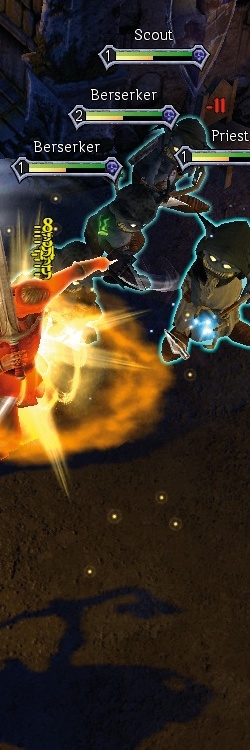 As a final coup-de-grace to Impire’s battle mechanics: the units will clip through each other in fights so positioning is also a waste of time. It’s impossible to zone out a particular enemy unit, or protect one of your own, through the clever placement of other units. Simply: there is no skill element to the battles of Impire.
As a final coup-de-grace to Impire’s battle mechanics: the units will clip through each other in fights so positioning is also a waste of time. It’s impossible to zone out a particular enemy unit, or protect one of your own, through the clever placement of other units. Simply: there is no skill element to the battles of Impire.
Unfortunately, the dungeon design element of Impire also leaves a lot to be desired. In a similar fashion to the combat, all skill requirement and reward is removed from it which is sad because the actual design element is good even if it does suffer from a few flaws.
While the lack of customisable room templates, in the style of Dungeon Keeper or Startopia, is a little disappointing at first, Impire more than makes up for this by having some very interesting room designs. The little details, good stylistic and thematic variation help to make the rooms distinctive and the various animations of the worker imps as they staff the rooms are often quite humorous. This variation helps to distinguish the two factions from each other.
Your evil efforts will not go unnoticed in Impire; heroes will regularly invade your dungeon. The devious dungeon master will want to lay all sorts of traps and use their devilishly keen intellect to thwart all efforts to expunge them from the good land of Ardania. Unfortunately, the trap system of Impire is incredibly lacking: it’s only possible to place a very limited number of traps and the ladder mechanic of the heroes renders the idea of trap placement obsolete.
The traps, themselves, are not overly inspired either: there are nine per faction, and they all seem to be the expected mainstays: damage over time poison (or acid) traps, spikes and crushing plates. It’s a little disappointing that Impire’s sense of humour, which tends to be quite good, wasn’t injected in large doses into the trap design. To the best of my knowledge, only one of the traps actually received an injection of humour: the trolledon breath (gas) trap.
The mechanic that really made me scratch my head with regard to the limited nature of the traps is the ladder mechanic: heroes will periodically (once every three to five minutes) invade your dungeon. Ladders will appear randomly throughout the dungeon, and the player will receive a warning of their appearance. This means that the player has a few seconds until heroes will invade. The idea is that the player teleports units over to the ladders to destroy them, but this is usually a waste of time as the heroes then just walk in through the front door meaning the players squads are out of position and the heroes are often closer to key infrastructure like the store rooms. A better strategy is often to destroy only those ladders that are nearest the treasure room and wait to ambush the heroes that appear from the other ladders.
Players can send out raiding parties to the over-world. This is either to accomplish specific mission objectives, or to farm resources. All three resources are available for plunder at specific locations. Raiding the over-world may seem like a fun thing to do, but mostly it’s quite boring: the player switches to the over-world map, selects a resource spot and dispatches no more than a single squad to that spot then waits for the minute or so that it takes the squad to travel there, kill the defending hero and travel back. That’s it. There’s nothing more to this mechanic and it’s boring. The tedious nature of Impire springs primarily from this mechanic; the player sits and does nothing for large stretches of time whilst squads go to collect resources and take a little bit of damage. The fact that only a single squad can be dispatched also adds to the already chronic lack of thought that is required in the combat with regards to the synergy between different units.
It takes some skill to make being a marauding arch-demon seem boring.
By an over-world farmers’ mile, Impire’s most unintelligible mechanic has to be the instant fail state of treasure room destruction. The player can build 2 types of storeroom: one that stores the generally named “materials” resource as well as mushrooms (both of which are needed for unit production), and a different storeroom for treasure. The player will require several treasure rooms to achieve the upper tiers of army development: new squad slots can be unlocked by using in-game gold; a single treasure room cannot store enough gold to allow the purchase of all of the squad slots.
If a hero destroys one of the players treasure rooms, the game ends in failure. In addition it doesn’t take very long to destroy a room: once a hero enters the treasure room, they only need to make it to the middle (which takes about a second from the doorway), at this point the destruction of the room cannot be averted and the hero just kicks a statue and the whole room is ‘destroyed’ (it goes dark and appears slightly derelict). There is no reason given for the fail state other than van Fairweather’s “I really love treasure”. The ladder mechanic, non-existent dungeon design element and limited trap placement help to make treasure room defence slightly problematic, however this is negated by the ability to just teleport a squad on to the heroes before they get into the treasure room.
I’m left with the impression that the ladder mechanic was added to give the player something to do whilst waiting for resource raiding parties to get back, and that the treasure room destruction fail state was added to create some small amount of tension and to prevent the player from building an army and then mostly abandoning their dungeon until their units are dead (this would be the most convenient way to complete many of the missions). It really doesn’t take very long to get a destroyed dungeon up and running and there don’t seem to be any real penalties to allowing a room to be destroyed. Worker imps can’t leave the dungeon, so they would be killed, but they only cost mana, which is swiftly regenerated, and most rooms go unused except under very specific circumstances.
The map layout of the missions and skirmishes tends to be very plain and the only part worth mentioning is the ridiculous nature of the Fire Warlock treasure chests. In most games of this genre, it is accepted that leaving a treasure chest connected to the players’ starting base is a cue to the player to collect whatever is in the chest and use that to help them build their base. Not so in Impire; rather, the strongest creep of the game is hidden in these chests, and boy is he angry! Any attempt to collect the chests results in the spawning of the Fire Warlock who is powerful enough to kill 5 squads of the first tier of units as well as Baal without losing more than half his health.
From a performance stand-point, Impire runs well at even the highest settings, but is plagued by regular crashes, game breaking bugs, and other occasional irritating but non-critical bugs. The lack of an auto-save feature means that crashes can become especially annoying. As always, save often! Another irritation is that Impire saves player profiles to the cloud only so playing Impire without an active internet connection is not possible.
When Impire was first revealed to the world, it had a lot of potential. Sadly, most of that potential has not been realised and the final game has committed the unforgivable sin of being boring. The only feature of Impire that manages to be more than an exercise in mediocrity, which is itself a standard that many aspects of Impire fail to meet, is its aesthetic design and that isn’t enough to carry this game. Perhaps Impire will undergo a major update, but as of right now, Impire is not worth your time or your money.
For those wishing to purchase Impire, it is available on Steam for £14.99 or your regional equivalent. Note from the Paradox website: all non-USA territories will be charged in GBP for the time being.



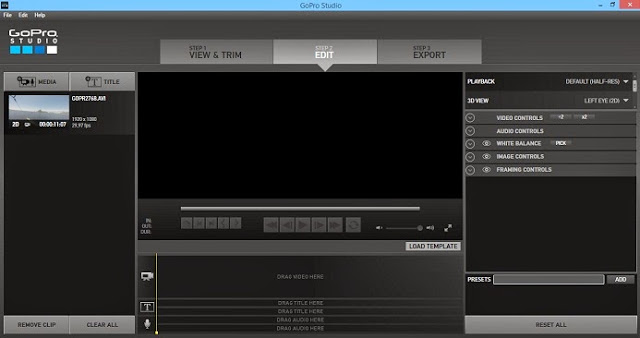
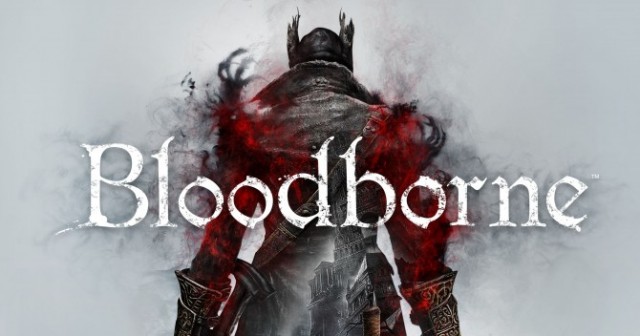 How to Play Bloodborne PS4 PVP Matches And Invade Other Players
How to Play Bloodborne PS4 PVP Matches And Invade Other Players Assassin Creed Chronicles: China - How to unlock Ezio's Assassin Outfit
Assassin Creed Chronicles: China - How to unlock Ezio's Assassin Outfit Bungie Aerospace - What it all means
Bungie Aerospace - What it all means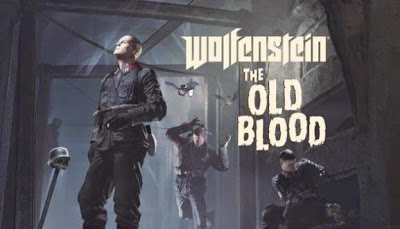 Wolfenstein: The Old Blood - prologue: In the mountains
Wolfenstein: The Old Blood - prologue: In the mountains The Walking Dead: Season 2 – Episode 1 Walkthrough
The Walking Dead: Season 2 – Episode 1 Walkthrough